Highlights
December 14th, 2020 | by
admin | published in
Featured, Highlights, Papers, Quantum Computing, Research
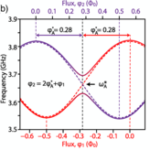
Universal Nonadiabatic Control of Small-Gap Superconducting Qubits Daniel L. Campbell, Yun-Pil Shim, Bharath Kannan, Roni Winik, David K. Kim, Alexander Melville, Bethany M. Niedzielski, Jonilyn L. Yoder, Charles Tahan, Simon Gustavsson, and William D. Oliver Phys. Rev. X 10, 041051 – Published 14 December 2020 ABSTRACT Resonant transverse driving of a two-level system as viewed in […]
October 3rd, 2020 | by
admin | published in
Highlights, Preprints, Research
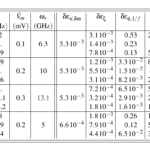
Modulated longitudinal gates on encoded spin-qubits via curvature couplings to a superconducting cavity Rusko Ruskov, Charles Tahan We propose entangling operations based on the energy curvature couplings of encoded spin qubits to a superconducting cavity, exploring the non-linear qubit response to a gate voltage variation. For a two-qubit (n-qubit) entangling gate we explore acquired geometric phases […]
October 2nd, 2019 | by
admin | published in
Highlights, Preprints, Quantum Computing, Research
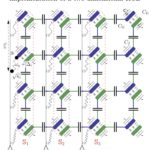
In a collaboration with MIT we develop a roadmap for exploring new physics in arrays of superconducting qubits.
July 21st, 2019 | by
admin | published in
Featured, Highlights, Papers, Quantum Computing, Research
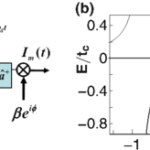
We revisit quantum capacitance from first principles to understand its potential for quantum-limited readout. We show that the readout speed can be unexpectedly fast with high kinetic inductance cavities while the qubit remains in a particularly immune state to noise.
May 4th, 2019 | by
admin | published in
Featured, Highlights, Nanotechnology, Quantum Computing, Research

Proposed probe chip a potential shortcut for quantum device manufacturing cycle
April 14th, 2019 | by
admin | published in
Featured, Highlights, News, Quantum Computing, Research
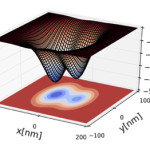
Why is it better to operate exchange gates by tuning the tunnel gate instead of doing detuning? This paper shows, quantitately, that tunnel gates inflict less susceptibility to charge noise. So if you are making a quantum dot quantum computer, make sure your fast lines are on the barrier gates! We present a theory for understanding […]
July 20th, 2016 | by
admin | published in
Featured, Highlights, Quantum Computing, Research

We introduce an always-on, exchange-only qubit made up of three localized semiconductor spins that offers a true “sweet spot” to fluctuations of the quantum dot energy levels.
March 16th, 2016 | by
admin | published in
Highlights, News, Papers, Quantum Computing
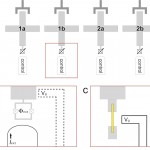
Superconducting circuits offer tremendous design flexibility in the quantum regime culminating most recently in the demonstration of few qubit systems supposedly approaching the threshold for fault-tolerant quantum information processing. Competition in the solid-state comes from semiconductor qubits, where nature has bestowed some very useful properties which can be utilized for spin qubit-based quantum computing. Here […]
January 16th, 2015 | by
admin | published in
Highlights, News
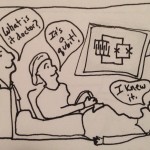
We were asked to write a perspective for the Per Delsing group’s recent publication in Science: Catching the quantum sound wave Here’s the corresponding article: Propagating phonons coupled to an artificial atom
July 4th, 2014 | by
admin | published in
Featured, Highlights, Quantum Computing, Research
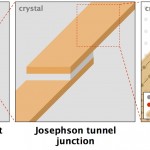
Superconducting circuits are exceptionally flexible, enabling many different devices from sensors to quantum computers. Separately, epitaxial semiconductor devices such as spin qubits in silicon offer more limited device variation but extraordinary quantum properties for a solid-state system. It might be possible to merge the two approaches, making single-crystal superconducting devices out of a semiconductor by […]









